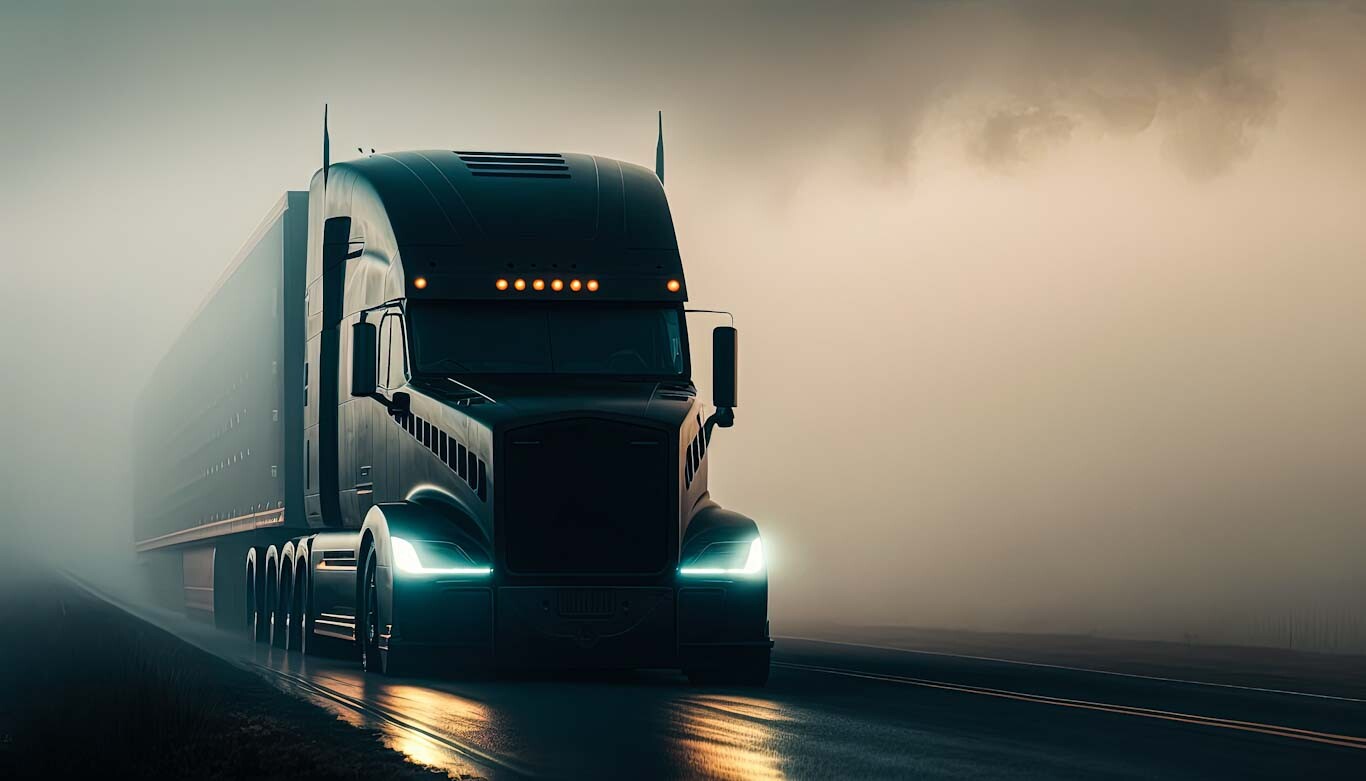The electric Peterbilt 579 – everything about the driving experience
Jul 08, 2018 in TechnologyFrom the pre-trip inspection requirements to the driving experience itself – driving an electric Peterbilt 579 appears to be an entirely new and different experience.
Peterbilt partnered with TransPower to create a fully electric versions of the Model 579 tractor and 520 refuse truck. The Peterbilt 579 was available for short test drives at the Paccar Innovation Center in Silicon Valley.
It seems that the fully electric Peterbilt 579 requires some driver training – one can’t just hop into the driver’s seat and start driving, although the model mimics quite closely how a diesel truck would normally run. Matt Vito, the integration and commissioning manager with TransPower explained “Things are quite different, even when it comes to the pre-trip inspection. You are not checking a dipstick, you are checking to make sure all the orange cables are secured. There are no fuel levels to check, instead of that you have to make sure you have inspected the battery and you have a fully charged vehicle at your disposal. Those type of things are missing from the normal driver’s mindset.”
The electric Peterbilt 579 features eight 44 kW-hour battery packs. Each of the battery packs weighs slightly more than 800 lbs. The fully charged batteries give the truck a range of 150 to 250 miles, depending on application. The truck is designed for drayage operations, which feature plenty of stops and starts during the trip, which gives more opportunity for overnight charging. A full charge of the batteries takes about four hours.
Matt Vito says that battery technologies are constantly improving, and the next generation of batteries are expected to provide 50% greater energy density than the third-generation batteries used today.
The integration of the electrical components of the model is handled by TransPower.
At peak torque, the Peterbilt 579 produced the diesel equivalent of 450 hp. Instantaneous response form the throttle, although it has been dialed back to eliminate tire wear. However, the truck still took off eagerly when the throttle was applied.
The required amount of brake pedal pressure is reduced by the regenerative braking, which also puts energy back into the battery packs. This reduces the maintenance costs as brake usage goes down because of the increased life of the brakes. Still, the transmission and axles all have to be maintained.
With the AMT, the Peterbilt 579 provides better control of the peak power and everything else using a much smaller motor. This reduces the footprint.
The response to the throttle and the brake of a fully electric truck are completely different than in a traditional diesel. Which is why getting used to the performance of such innovative truck takes some time.
Matt Vito explains that the software does everything. Drivers are used to let off the pedal as it’s shifting, but when it comes to the Peterbilt 579 - they should keep their foot to the pedal for the speed they want to be at. The software takes care of the rest.
Vito also said that with the proper steps taken to protect the batteries, the vehicle has no problem performing in cold weather climates, such as in Canada.



